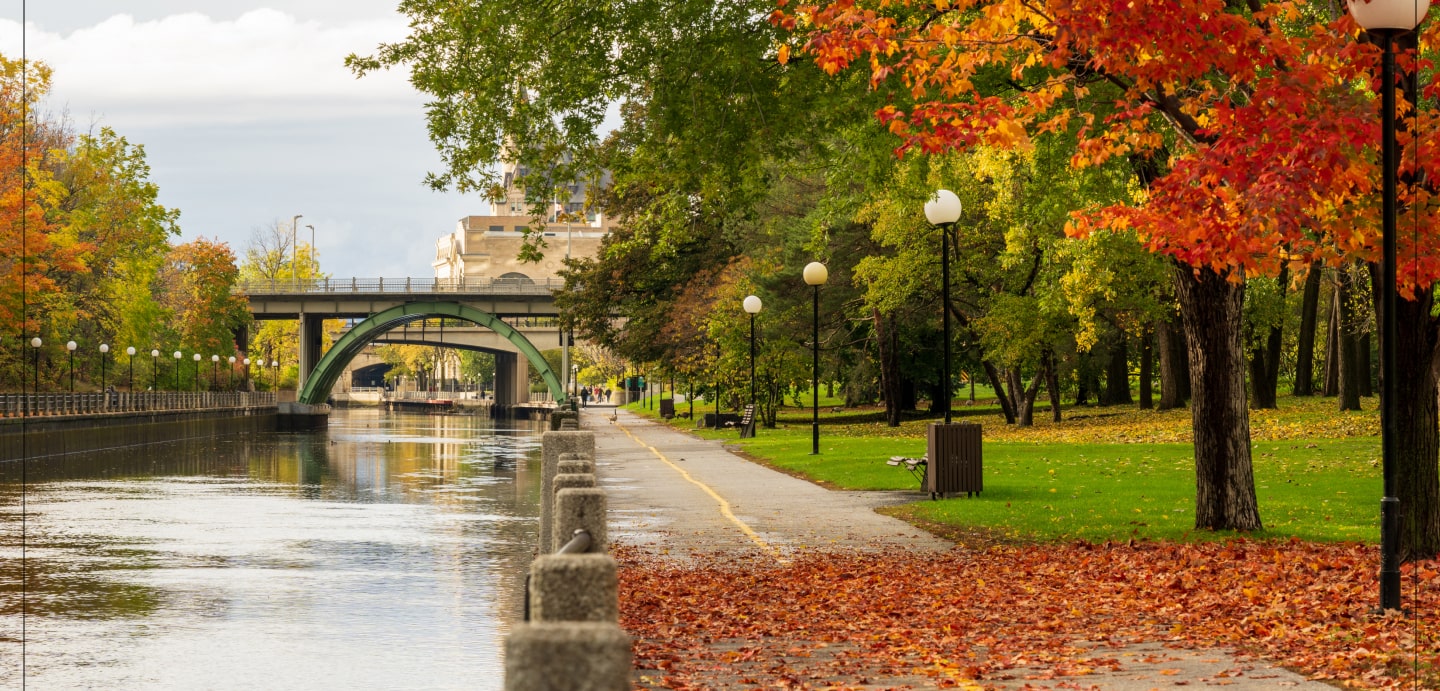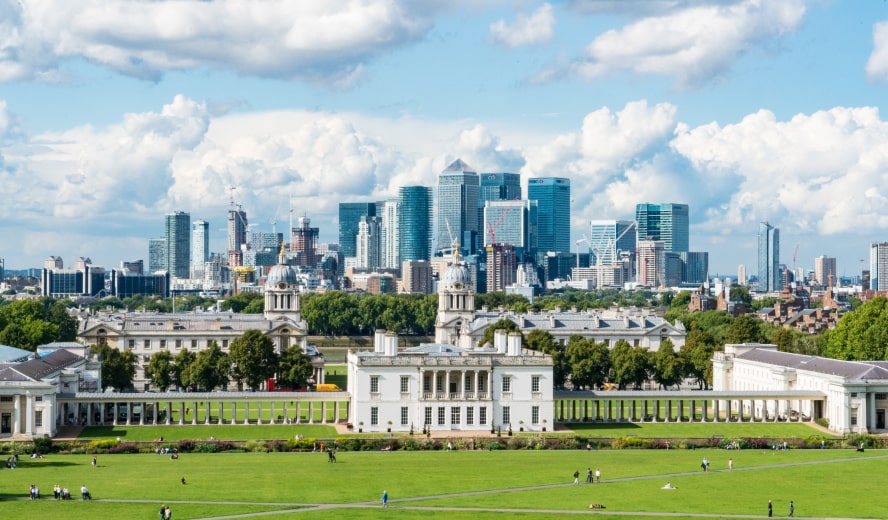There is nothing more British than talking about the weather. Indeed, if you’ve ever found yourself making polite small talk with a Brit, it’s likely they will have found a way to complain about how poor the weather is in their nation.
But don’t let the British knack for self deprecation fool you — the United Kingdom has a varied climate that’s much more pleasant than most visitors expect. The nation also offers an abundance of wonderful reasons to visit, from vibrant popular culture, to outdoor adventure opportunities and fascinating history.

The climate in the UK
Officially the climate in the United Kingdom can be described as a humid temperate oceanic climate. This is defined by relatively mild winters and cool summers, without dramatic extremes in temperature ranges. And because the UK is an island nation, there is a fair amount of rainfall during every season, with an average annual rainfall that hovers around 1,000 mm (about 39 inches).
However, there is climatic variation by region in the UK, from the beaches of the southeast of England to the Scottish highlands. These regional climates are influenced greatly by proximity to the Atlantic Ocean, the prevailing wind, the presence of mountain ranges, and the impact of the Gulf Stream carrying air currents across the UK. As a result, weather patterns across the British Isles are far from uniform.
Generally speaking, England tends to experience warmer average temperatures than Scotland and Northern Ireland to the north, and Wales to the west. The South West and South East of England tend to experience warm summers, with higher maximum temperatures and plenty of sunny days across the beaches on the south coast. Meanwhile Northern Scotland experiences the coldest temperatures in the UK during the winter due to its northernmost position.
The short, transitional seasons of autumn and spring in the UK typically run from late September to mid October for fall and anywhere from late March to May for spring. Both seasons are good times to visit: in the fall, the colors of russet autumn foliage are at their most vibrant, while spring sees the UK’s green spaces bursting into life with budding trees and blooming flowers.

When is the best time to visit the UK?

When is the best time to go sightseeing in the UK?
The UK’s capital London is one of the world’s great cities for good reason. From the Houses of Parliament, Big Ben and Westminster Abbey, to world-class museums, art galleries, performing arts, and literary history, there are a wealth of sites to visit and experiences to discover. So while visiting in the spring or summer you will enjoy warmer temperatures, you can still have a wonderful time during the cooler months.
As a nation, the UK is fully accustomed to cold temperatures and persistent rain, so if you visit during the winter months there is still plenty of indoor entertainment to keep you fully occupied. The London Underground metro system, known locally as the Tube, will help you get around mostly underground so you can enjoy museums, culture, theater, historical sites, and shopping — all while staying largely indoors. Just make sure to bring suitable shoes for rainy weather and don’t leave home with your “brolly” (umbrella).

When is the best time to go hiking in the UK?
What could be better than an invigorating country walk followed by a relaxing pint in a cozy British pub? If you want to go hiking or take part in outdoor activities during your visit to the UK, then it’s probably best not to visit during the winter months which are the coldest and wettest of the year. However, if you do, just make sure you bring the right rain and cold weather gear to keep you warm and dry.

Always pack your travel insurance
No matter when you visit the UK or what kind of activities you’re going to pursue, one thing is certain: both travel and weather can be unpredictable. Protect your well-being and investment with a comprehensive travel insurance policy.
Travel insurance plans provide coverage in a wide range of situations including trip delay, trip cancellation, baggage loss and delay, and trip interruption, as well as travel medical insurance to provide coverage for any expenses you might incur if you suffer an accident or medical emergency during your trip. If you do experience an emergency, be sure to call the travel assistance hotline as soon as you can — the experts there can offer guidance in just about any situation.








